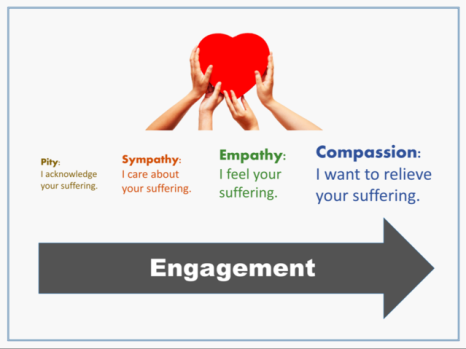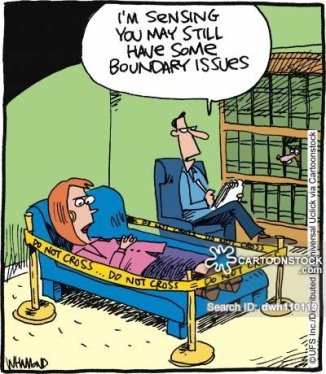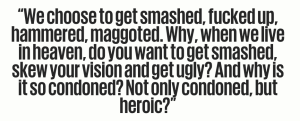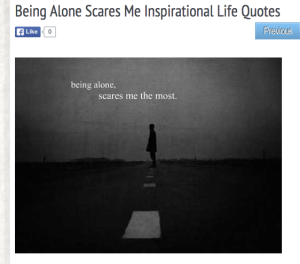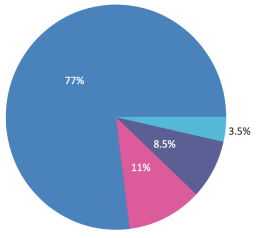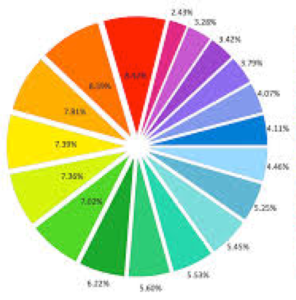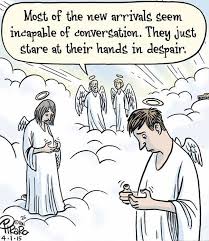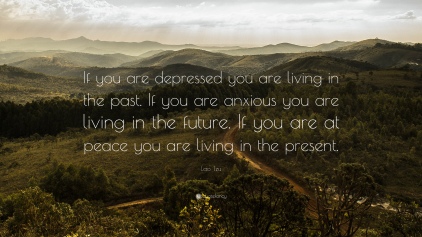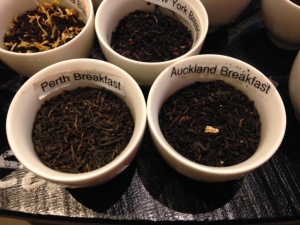Conscious capitalism, ‘woke’ CEOs and millentrepeneurs (hashtag optional). Business is changing – it’s no longer good enough to sell a product to meet a need (perceived or real), you have do business for the greater good.
But what is the greater good? Is my idea of the greater good the same as yours?
Well, it’s probably a bit different to be honest… for example, I don’t think worldwide veganism is the answer to world peace and nor is Donald Trump. Maybe you agree with these things, maybe your opinion is ardently opposed to mine or maybe you just don’t give a shit about fad diets or fad leaders.
If you’re in column A or B, you’re likely to see these topics pop up in your social media feed occasionally. It’s likely that those posts fit with your column A or B beliefs. After all, it’s nice to be around people who think the same as us; there’s something innately reassuring when we read a newsfeed post that affirms our opinions. Such is the nature of the Zuckerberg algorithm. Confirmation bias and validation. Validation in a world where young people entering adulthood are “feeling anxious, confused, lost, frustrated, depressed and unworthy.”
Savvy millentrepeneurs are catching on. Reading that bastion of privileged young female wisdom, Marie Claire, I learned about a ‘quarter-life-crisis’ retreat in Spain, run by a 28 year-old. Young women who are “over-schooled, overwhelmed and under 30” pay upwards of $800 to embark on a week-long retreat that includes yoga, meditation, plant-based meals and a tribal rave.
Now I’m not about to completely shit all over retreats; I’ve done my fair share of yoga and meditation retreats and found value in all of them. Regardless of whether it’s a gruelling bootcamp in Bali or an inner city, digital detox yoga retreat, the formula is the same…
- Gather a group of people with a similar interest but slightly different circumstances
- Remove them from their usual support networks and mechanisms (be it family, Facebook, Netflix or icecream)
- Engage in several activities that everyone can do
- Ensure a minimum amount of ‘unplanned free time’ per day
- Serve everyone the same food (paleo, vegan, it doesn’t matter as long as the same food is available to everyone)
- Conduct a ceremony of some sort to signal the end of the retreat where people give thanks, share how it’s changed them etc.
Back to our quarter-life-crisis retreat story and one of the participants, after spending a week with her similarly-minded soul-searchers, had an epiphany; “I wasn’t actually broken in the first place”. Another said, “I learnt it’s ok to not be ok. I don’t know what I want to do and that’s ok too.”
Sounds an awful lot like validation, doesn’t it? That’s not a bad thing. What happened was that a COMMUNITY was created.
Community (noun): a group of people living in the same place or having a particular characteristic in common; the condition of sharing or having certain attitudes and interests in common.
Take away our online communities – our Instagram hashtags, Facebook messenger groups, Snapchat friends – and us millenials have less of a sense of community than our Baby Boomer parents did at our age.
As our capacity for transience in our habitats, workplaces and friendships increases, the way we create community evolves. In essence, how we feel like we belong where we are. In education theory, belonging is central to a child’s success. Feeling like we belong requires trust, trust takes time to build. Is it any wonder then that in our fast-paced world, millenials and Gen Z are feeling increasingly alone? Skyrocketing rates of depression, anxiety and suicide lead some to say that this generation is “on the brink of the worst mental-health crisis in decades.”
Enter conscious business. Or how to make money by creating community. Not necessarily a bad thing (for the greater good or individuals). An article on Virgin’s website entitled ‘How to engage millenials: build a community’ nails it.
By building a community first and engaging with your early users even while you don’t have a launched product, you’re starting from a good place: you can test the whole idea behind your product, help to spread awareness through word of mouth, and of course capitalise on the ubiquity of social media and its ability to connect people around common interests.
Pre-social media, this ‘building a community’ would be called ‘talk to your friends’. In relationships – be they romantic, platonic or business – honesty and trust is key. Honesty in expressing thoughts and feelings and trust in that what is expressed won’t cause persecution.
If only the same was true for social media. Any expression of algorithm-adverse opinion and the keyboard warriors and trolls jump aboard! There’s no tangible consequence to making nasty comments online. Huzzah, everyone’s a soldier on the internet.
There’s no shortage of millentrepeneurs making money by creating community – Peta Kelly has even branded hers into Jeaniius and the Earthess Co. A shared purpose? You got it! What is it exactly? I’ve got absolutely no idea… seems like a new kind of religion. Which not-so-coincidentally, is also on a steep decline amongst millenials yet it provides a sense of community. Hmmm.
Making the world a better place is a humble goal, both personally and professionally. We all have different ideas of how we do it but along the way, we’re bound to find others who share our vision. Community is a great thing, but let’s be aware of our confirmation bias and how it can be manipulated – after all, the quarter-life-crisis is only available to the privileged few who have the time, money and energy for self-actualisation. Challenge your algorithm.




 This extends to anyone who helps out others, especially family members, relatives, and other informal caregivers of patients suffering from a chronic illness.
This extends to anyone who helps out others, especially family members, relatives, and other informal caregivers of patients suffering from a chronic illness.